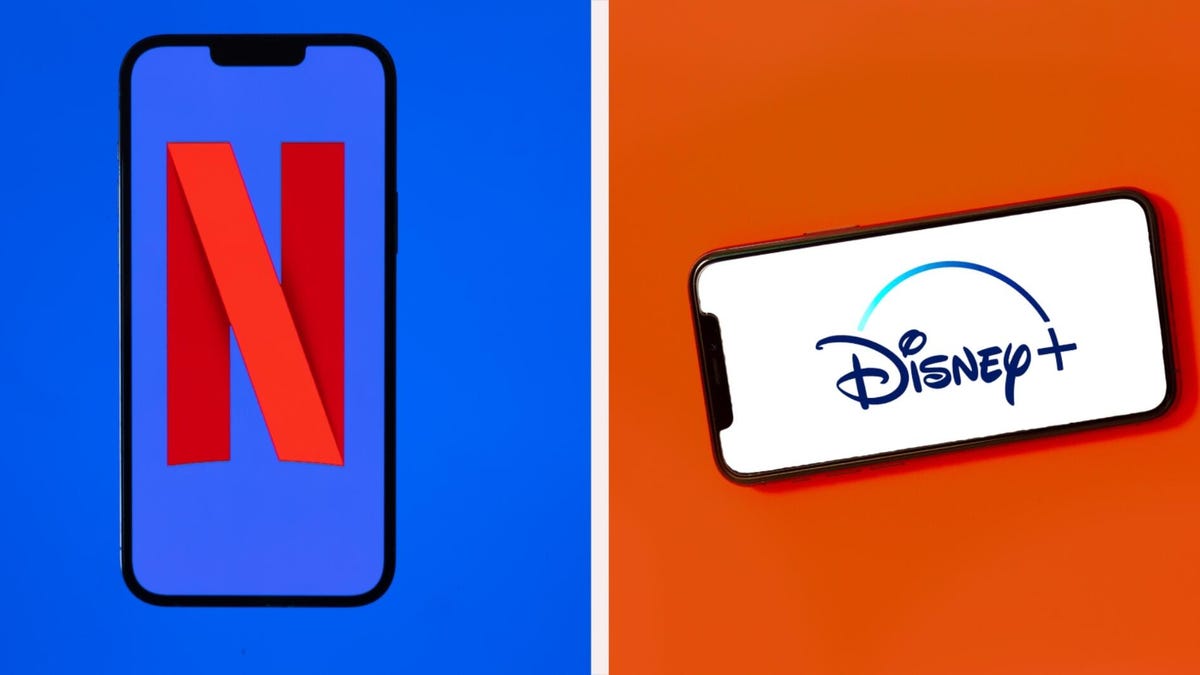
Compared to its ad-based counterparts, Netflix’s tier isn’t the cheapest or most expensive. But something about it does stick out: If you have the ad-based plan, some titles are locked due to licensing restrictions. When I used the service, I spotted titles in the Top 10 movies row with a lock icon, meaning I’d have to upgrade to watch them. On one occasion, four out of 10 movies had the icon, and another time, only one did. (It was the Jennifer Lawrence comedy No Hard Feelings.)
In her review of Netflix’s ad-based tier, CNET’s Kourtnee Jackson noted that “ads aren’t beating you over the head in length or repetition.” Netflix says subscribers can expect to see an average of about four minutes of ads per hour, but this can vary based on the title you’re watching. When I checked out the service recently, roughly three and half hours of content included four minutes and 45 seconds of ads — less than Netflix’s estimation, but it could have had to do with the titles I chose (La La Land, Gilmore Girls). Netflix doesn’t include ads on kids’ profiles, which play “only TV shows and movies carefully selected for kids.”
New subscribers can’t access Netflix’s cheapest ad-free plan anymore, leaving Netflix Standard, which costs $15.50 per month, as the most affordable ad-less option. The other available plan is Netflix Premium, which just got a price hike and costs $23 a month. Both are quite a bit higher than the streaming giant’s $7-a-month ad-supported plan, Standard with ads, and might push you toward choosing the tier.
Unlike some other streamers, Netflix doesn’t allow you to try ad-based for free, and you can’t save by paying annually. Something to keep in mind is that Netflix allows Standard and Premium customers to pay an additional $8 a month for an extra member who doesn’t live in the same house. (Premium subscribers can pay for up to two slots at $8 each, while Standard is limited to one.) Extra members can watch Netflix on their own account with limits, like only having one simultaneous stream. If you are able to piggyback, that might make the most sense.


